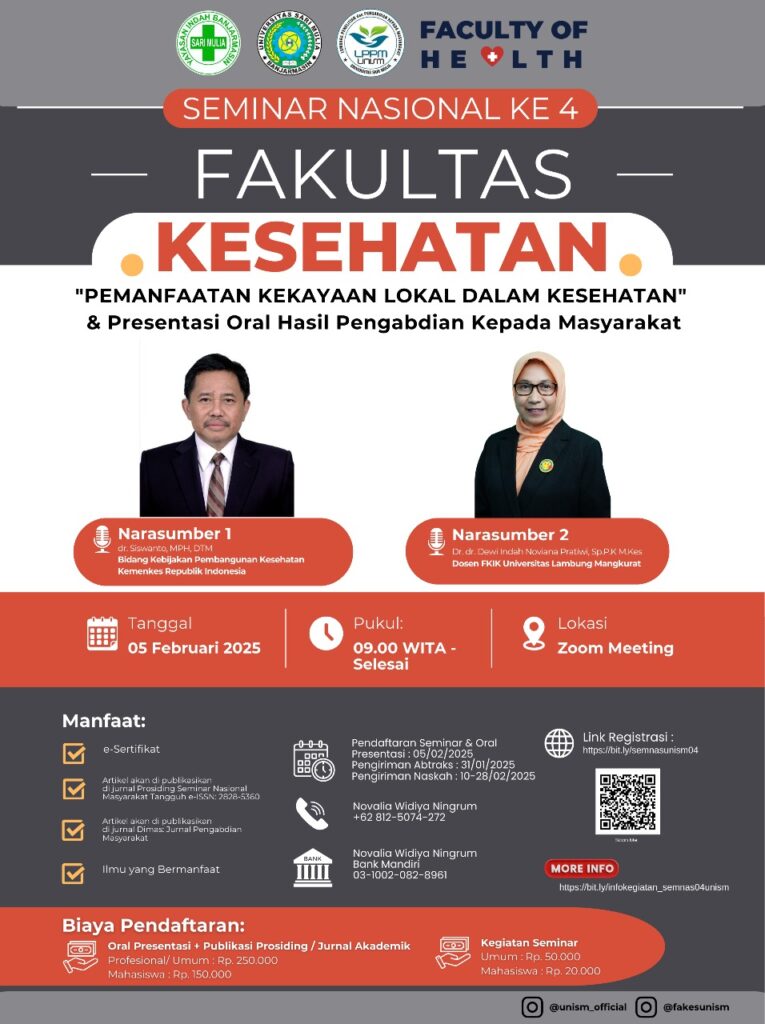S Sel Surya Sebagai Energi Alternatif Pasca Bencana
Abstract
The condition of the area hit by the disaster, usually the PLN electricity goes out, because the network is broken, there is standing water, the power plant is not working, and so on. Meanwhile, on the other hand, the community and apparatus need electricity supply. This is what must be addressed and solutions sought, so that the handling of disaster response, as well as community recovery can take place better. The solution proposed to deal with the problem is to create an independent power generation system, based on renewable energy. Renewable energy is used as the basis because the supply of fuel after a disaster is also a particular difficulty. The proposed energy is sourced from solar energy, equipped with batteries. The stages of implementation carried out are situation analysis, analysis of solar energy potential, design process, solar cell system installation, and performance testing. With the existence of alternative sources of electricity in disaster-prone areas, it is hoped that it can help people affected by disasters, as well as can be used daily to reduce electricity costs in the community. From the situation analysis, the right location for installing post-disaster solar cell installations is in a public place, with a fairly high elevation, and easily accessible by the community or outside assistance, in this case it was installed on the roof of the kelurahan government office. At that location, the energy potential was then calculated, the roof geometry factor was calculated at an angle of 15°. The solar cell system installed is a 12 volt system, with a 9.8 Ah battery.



